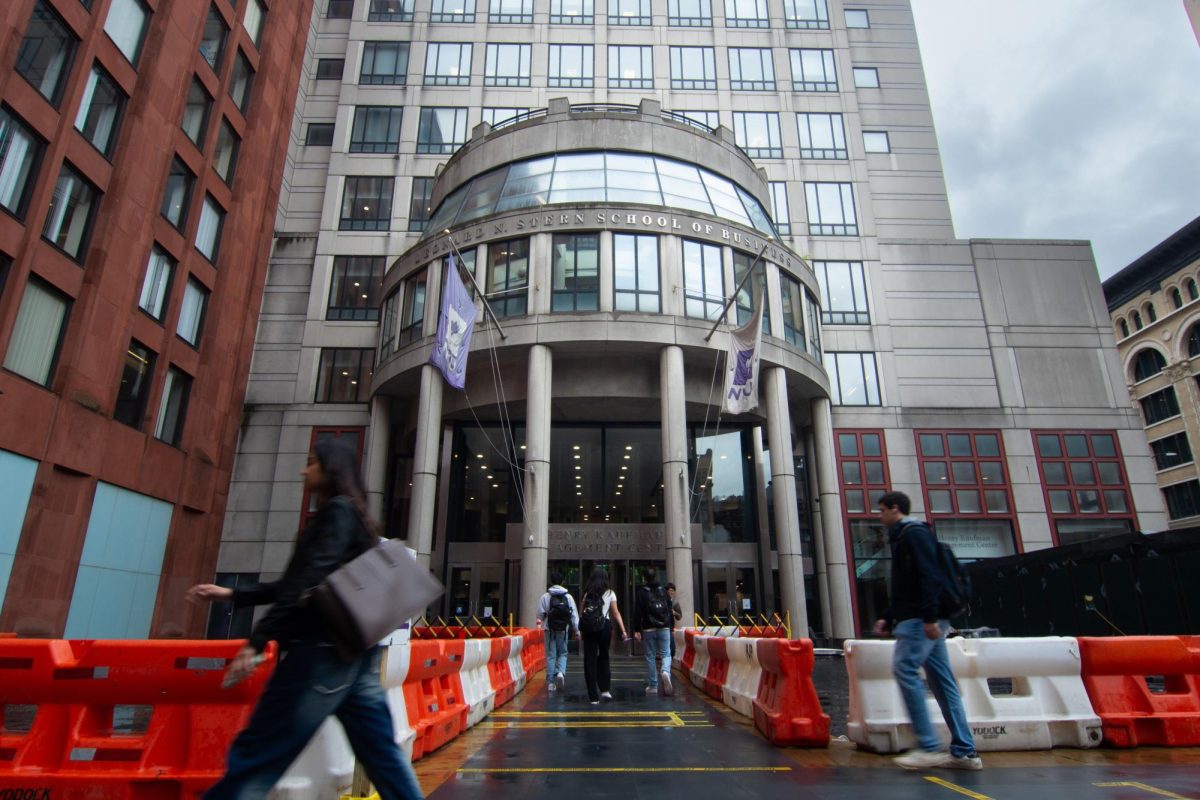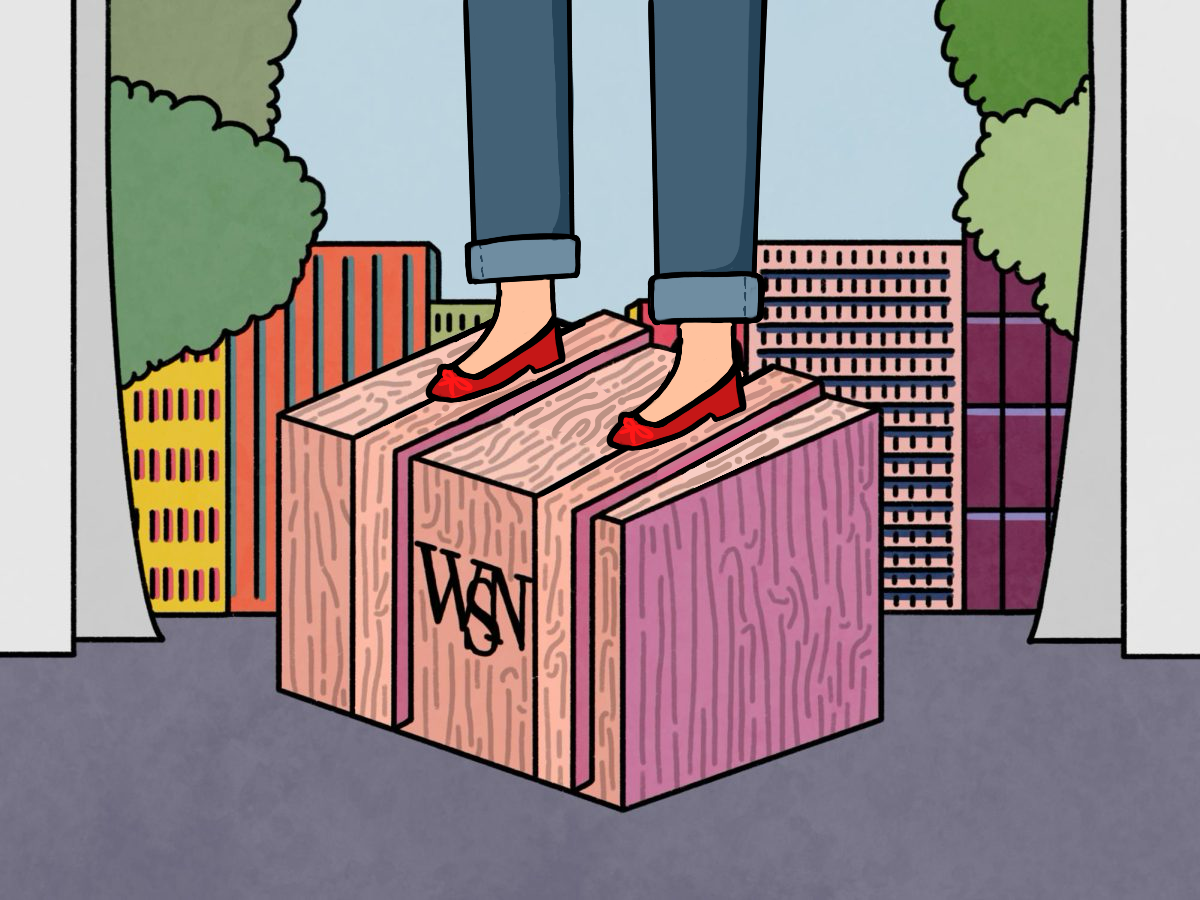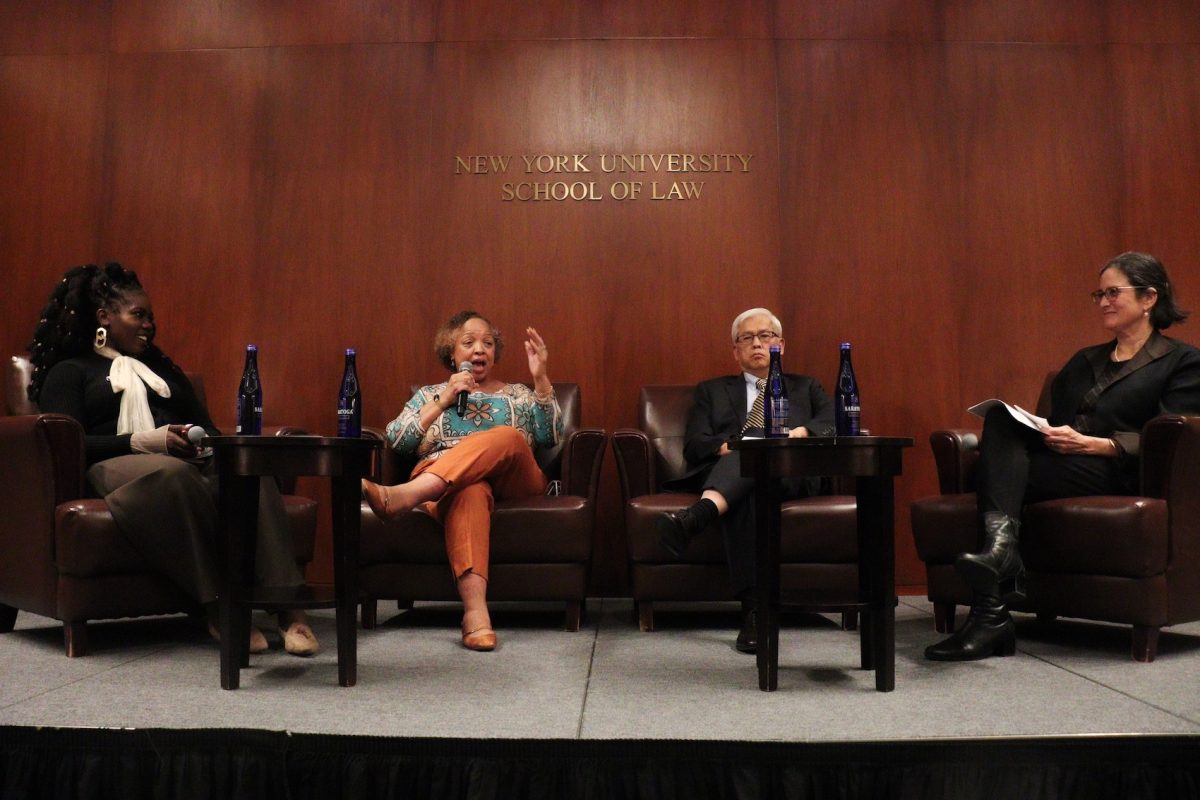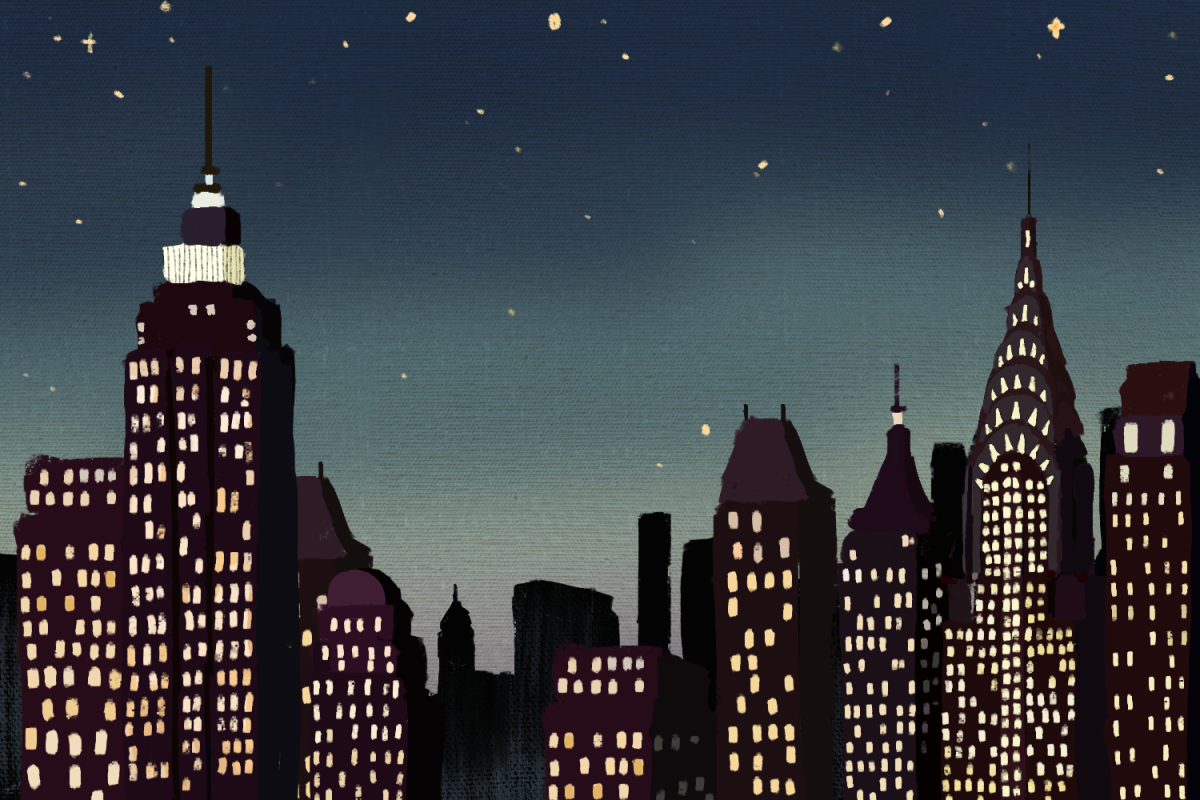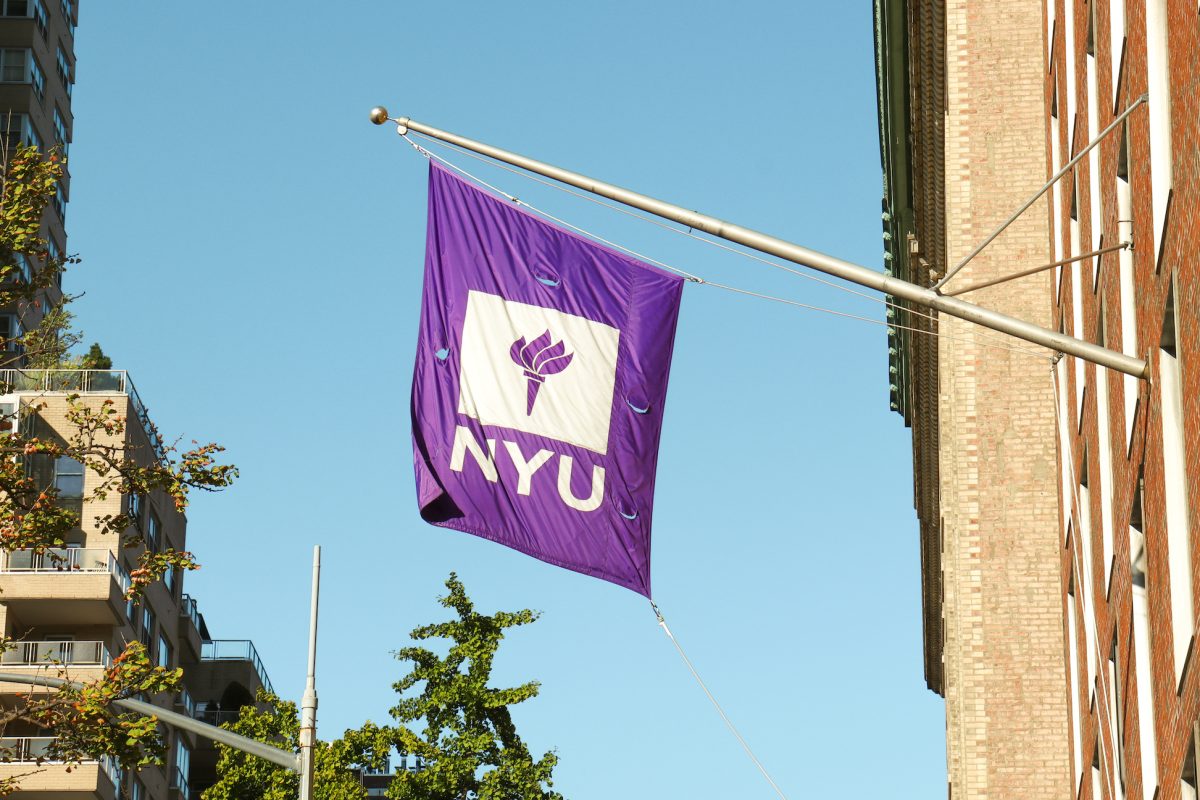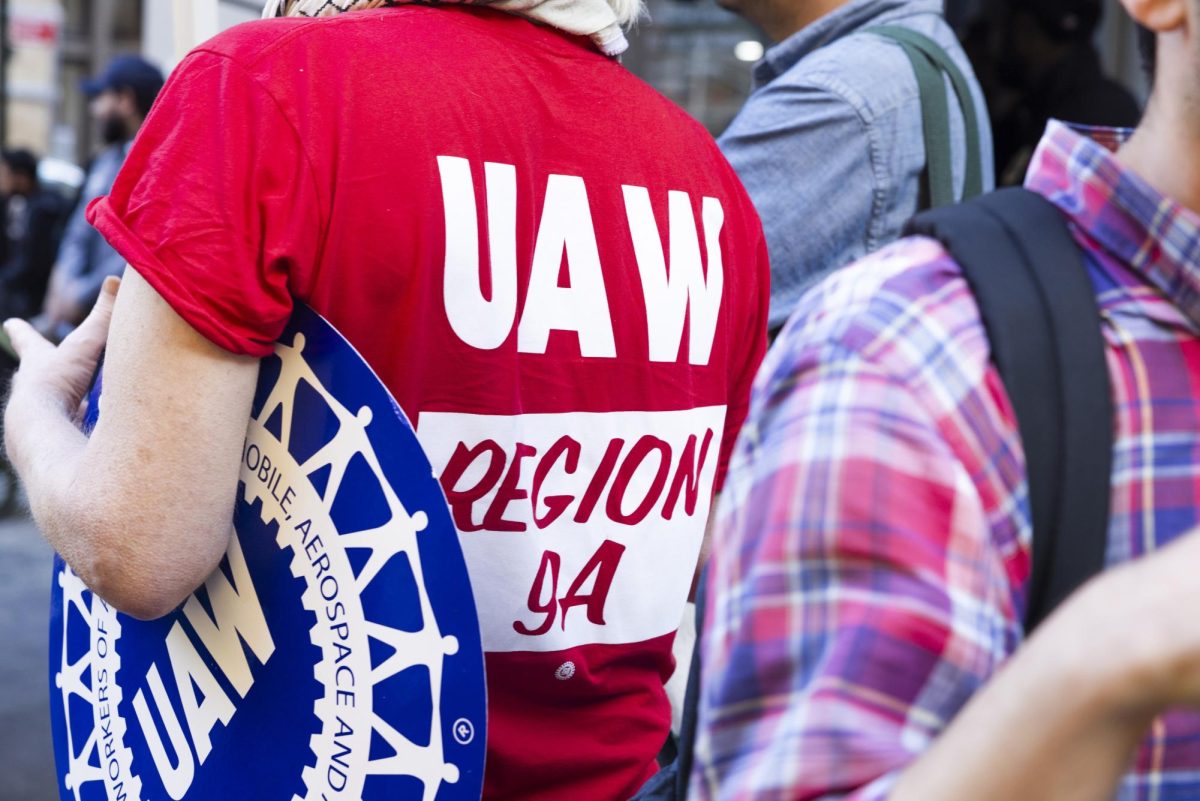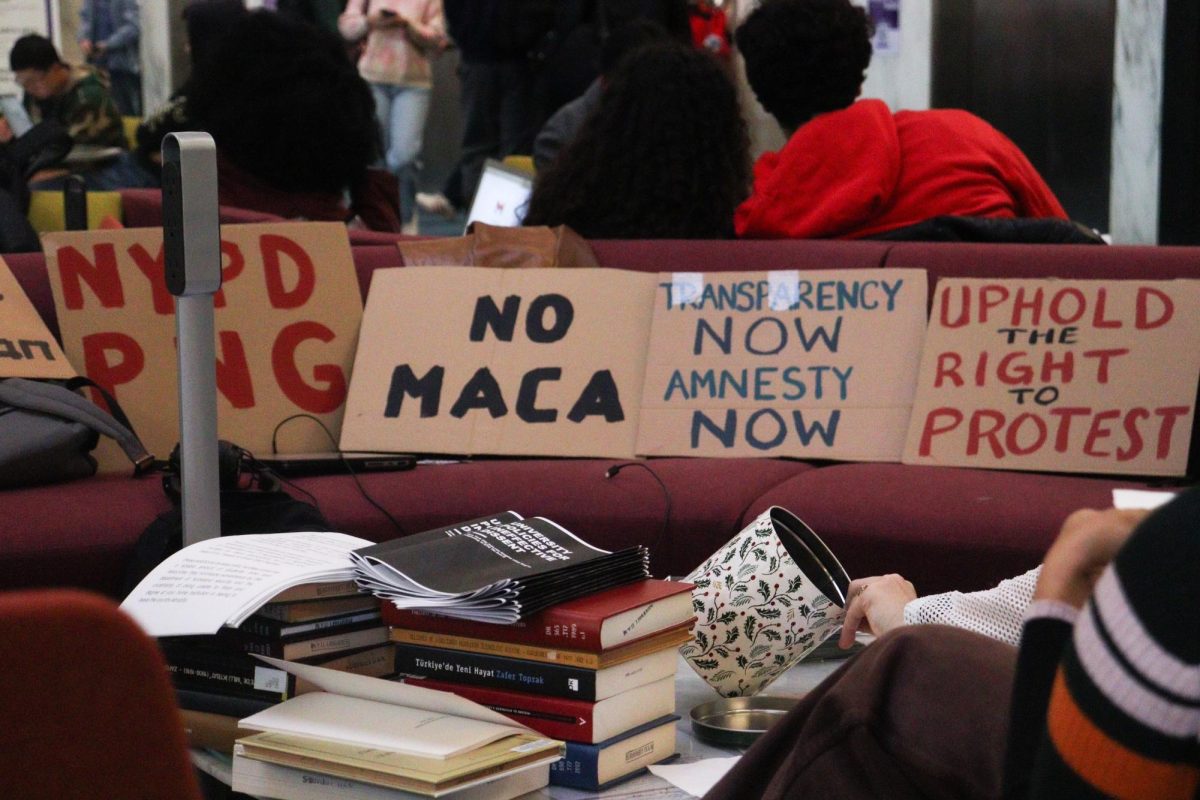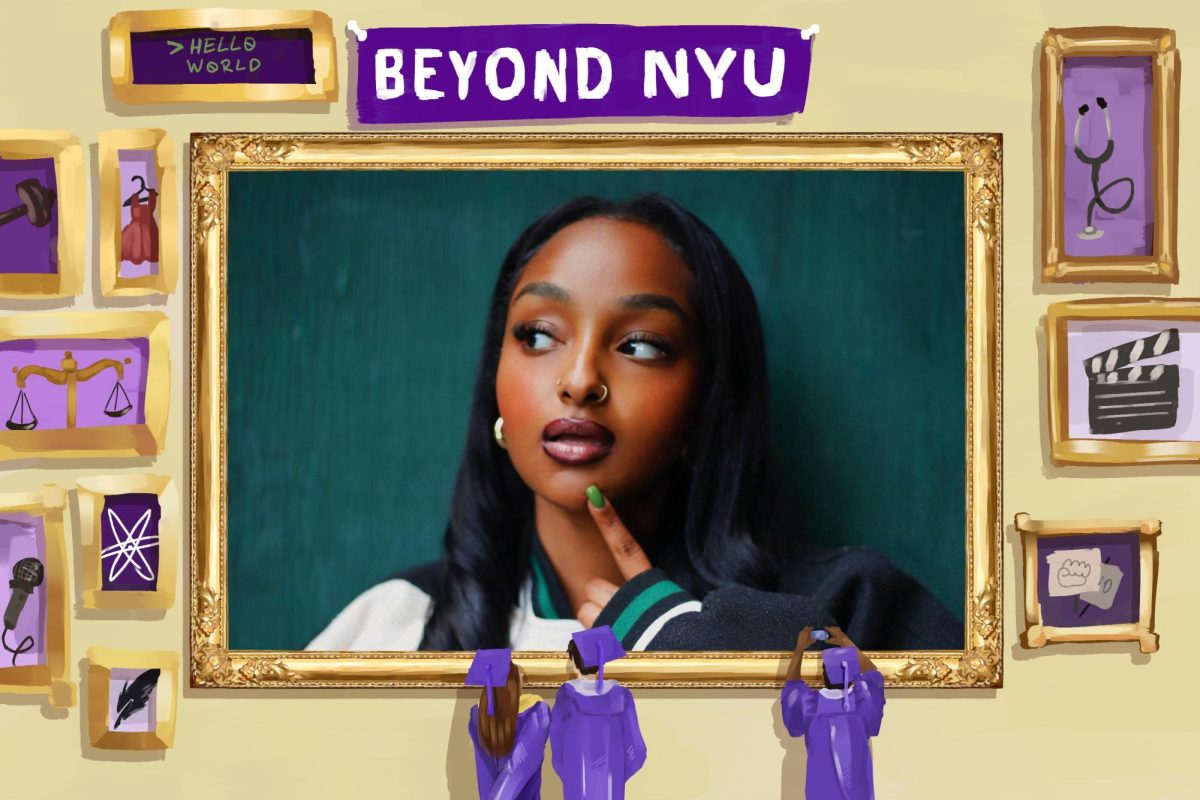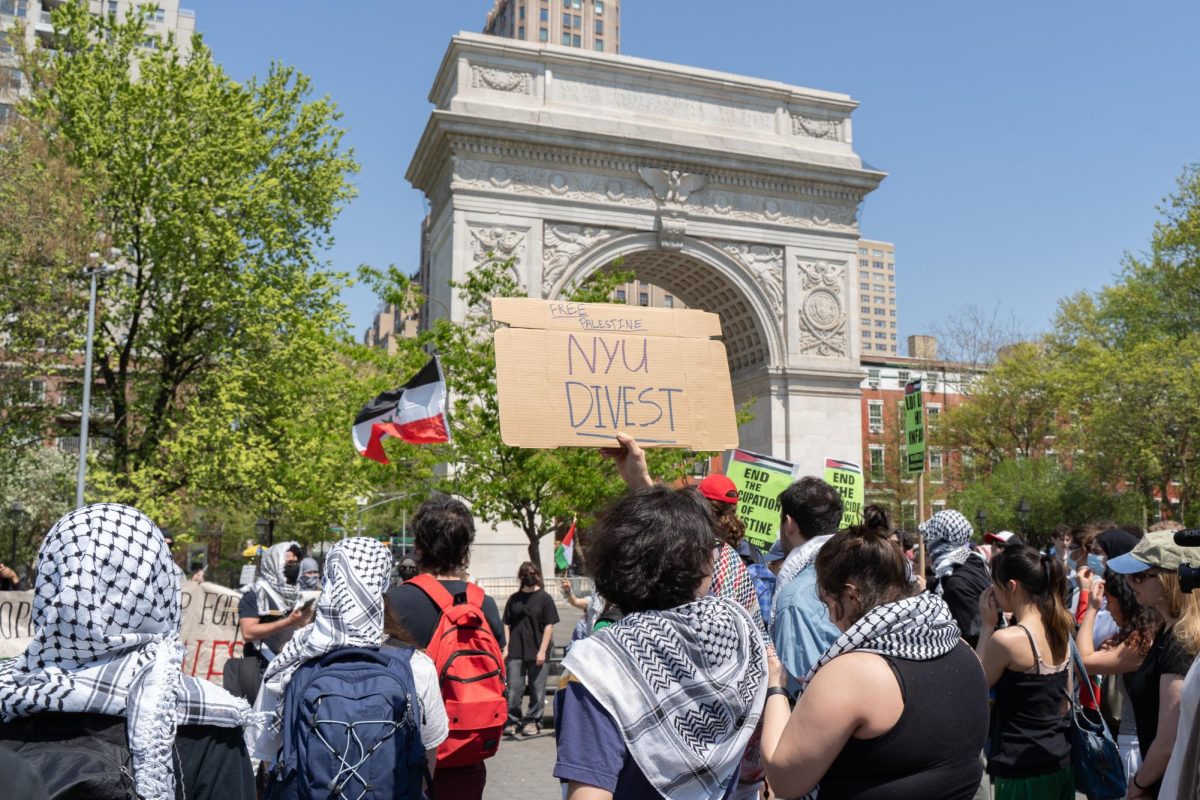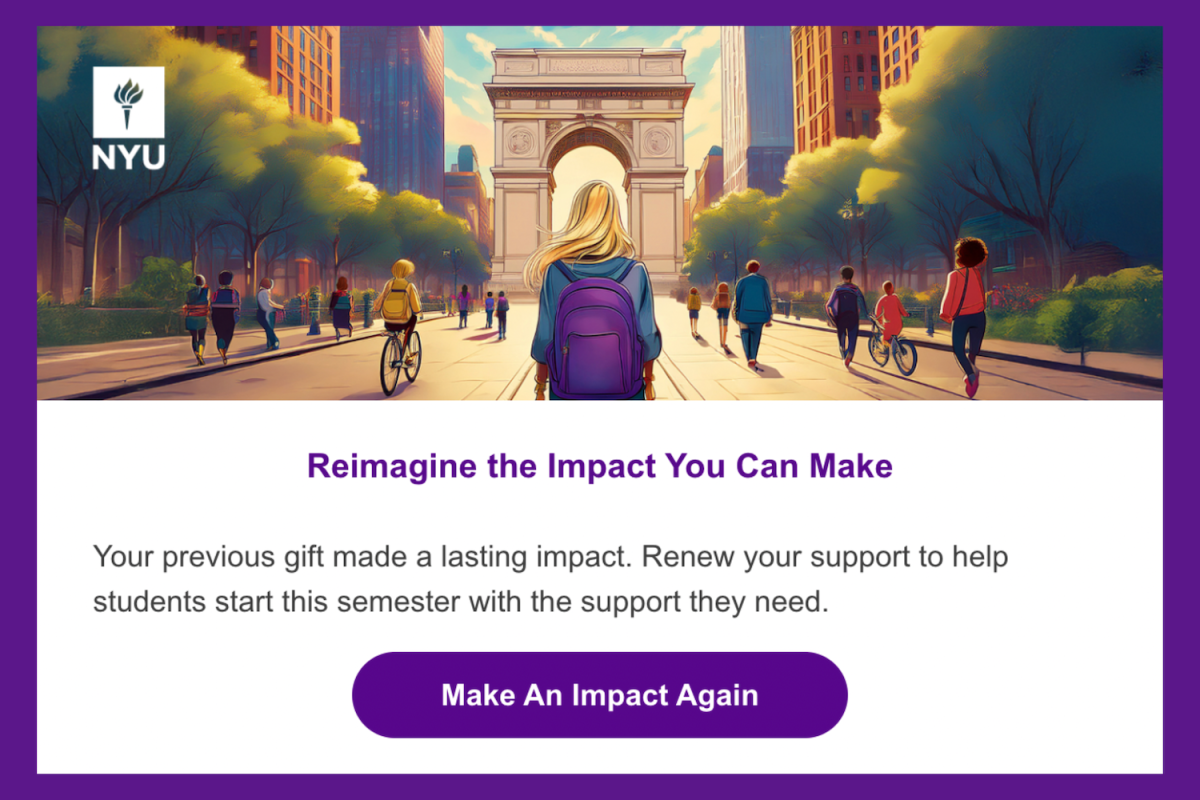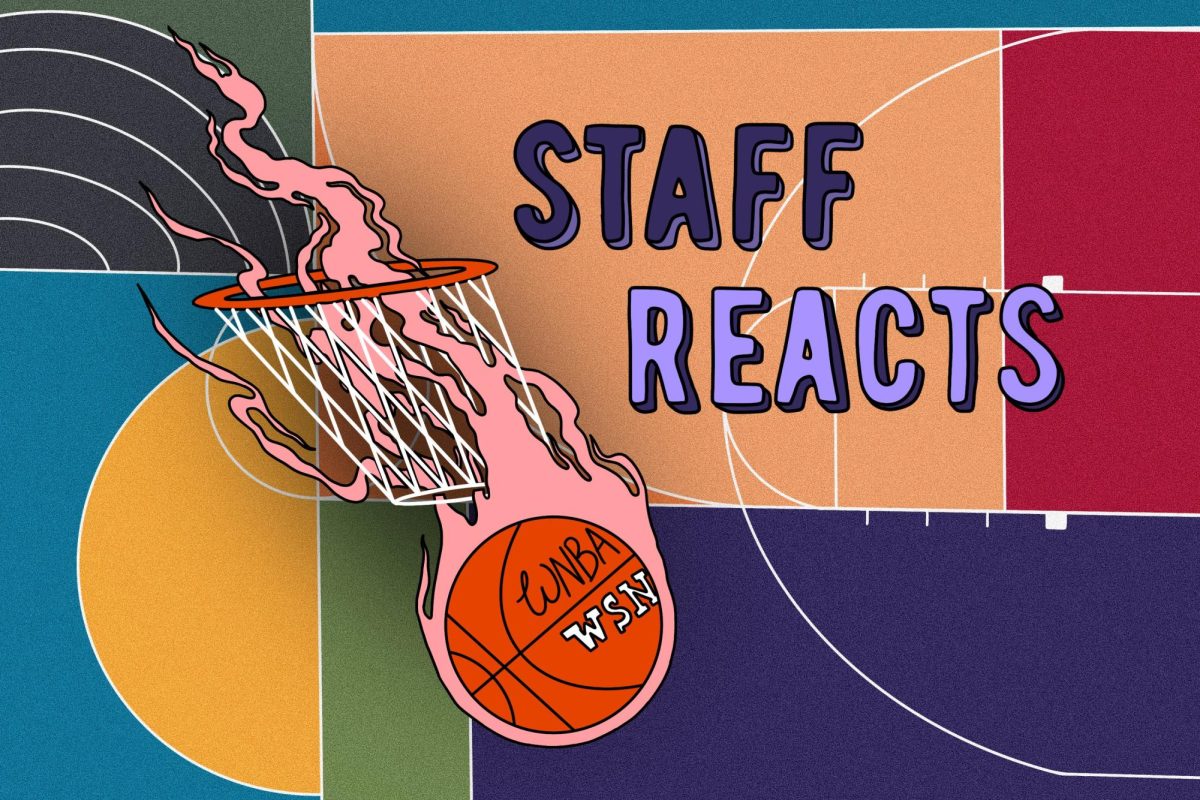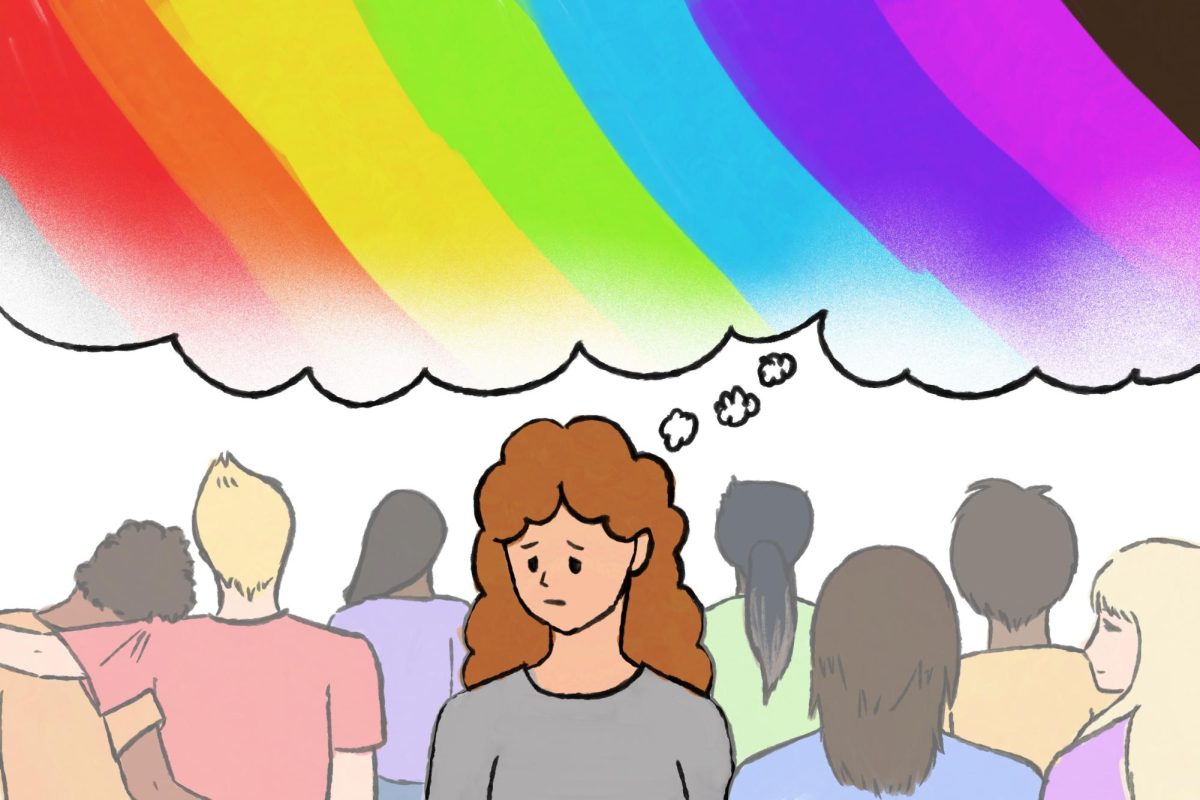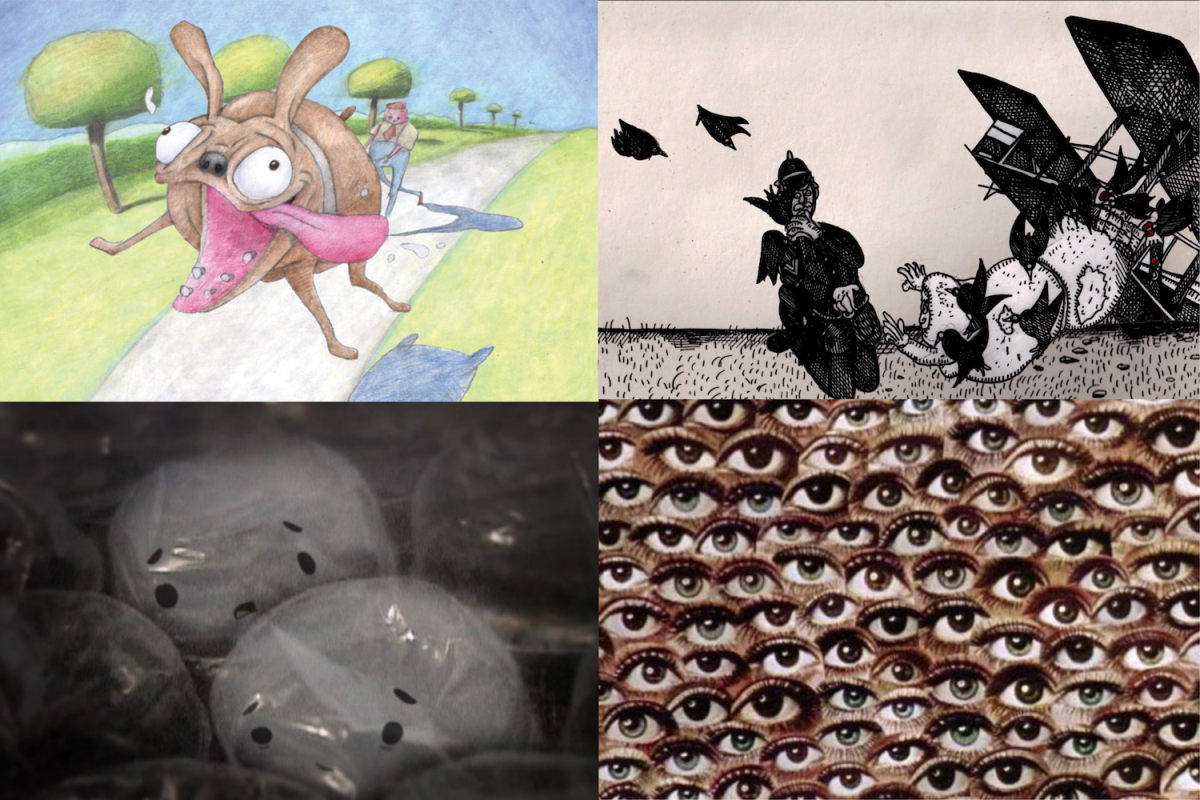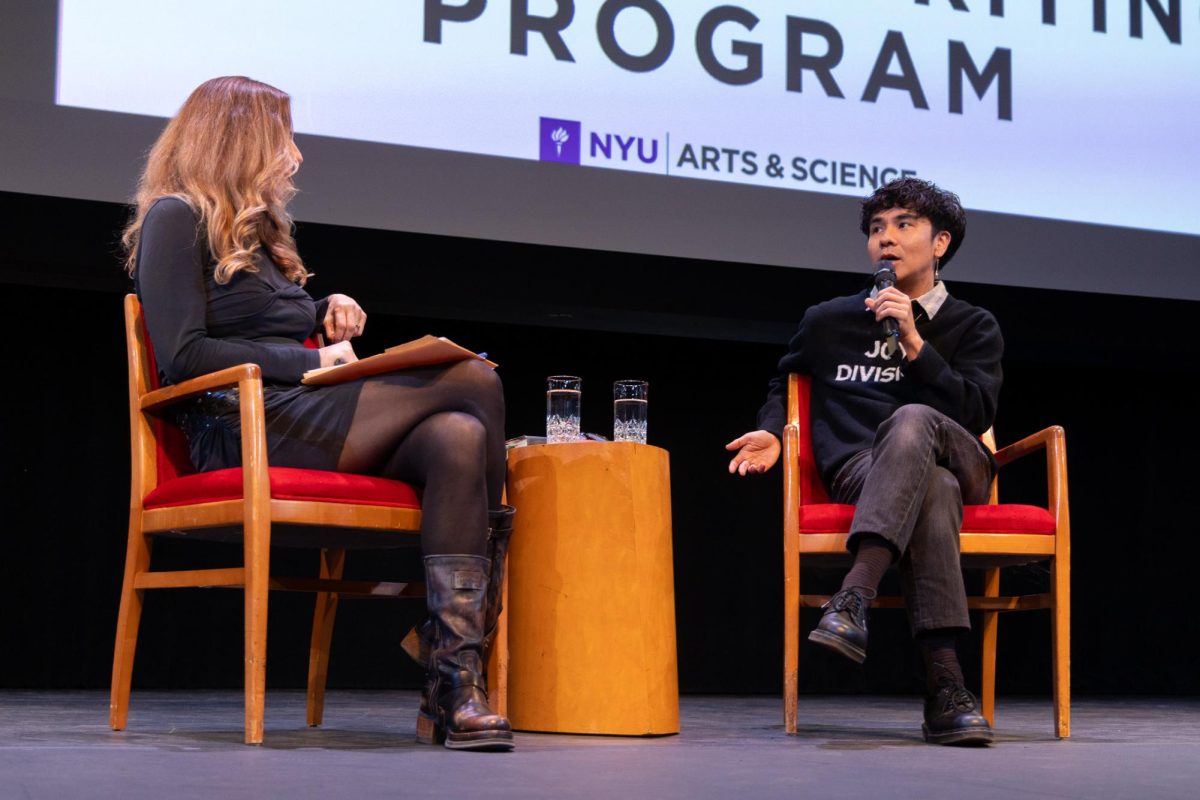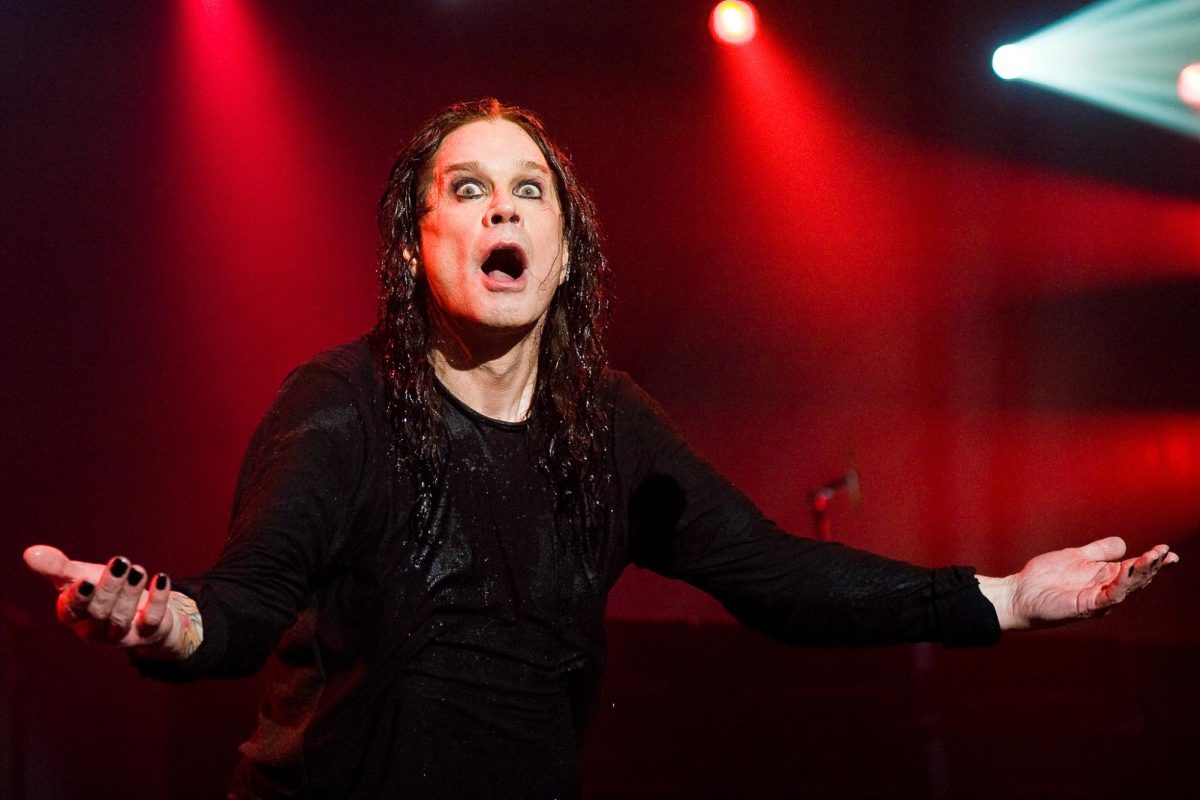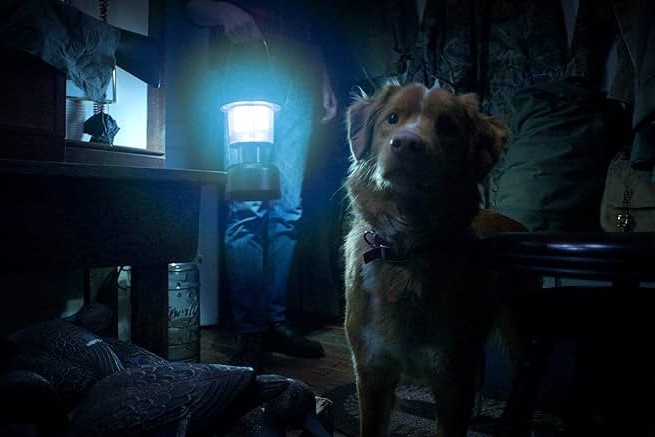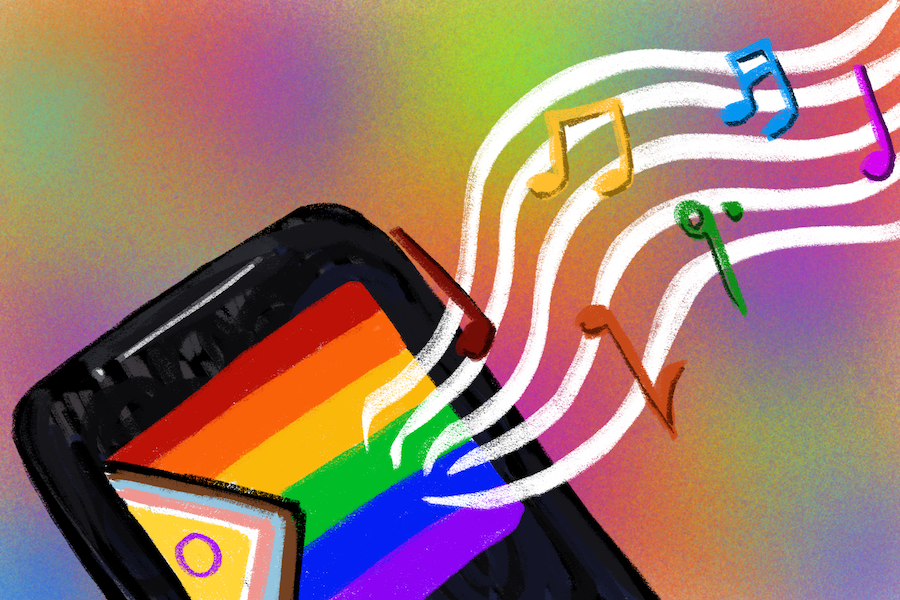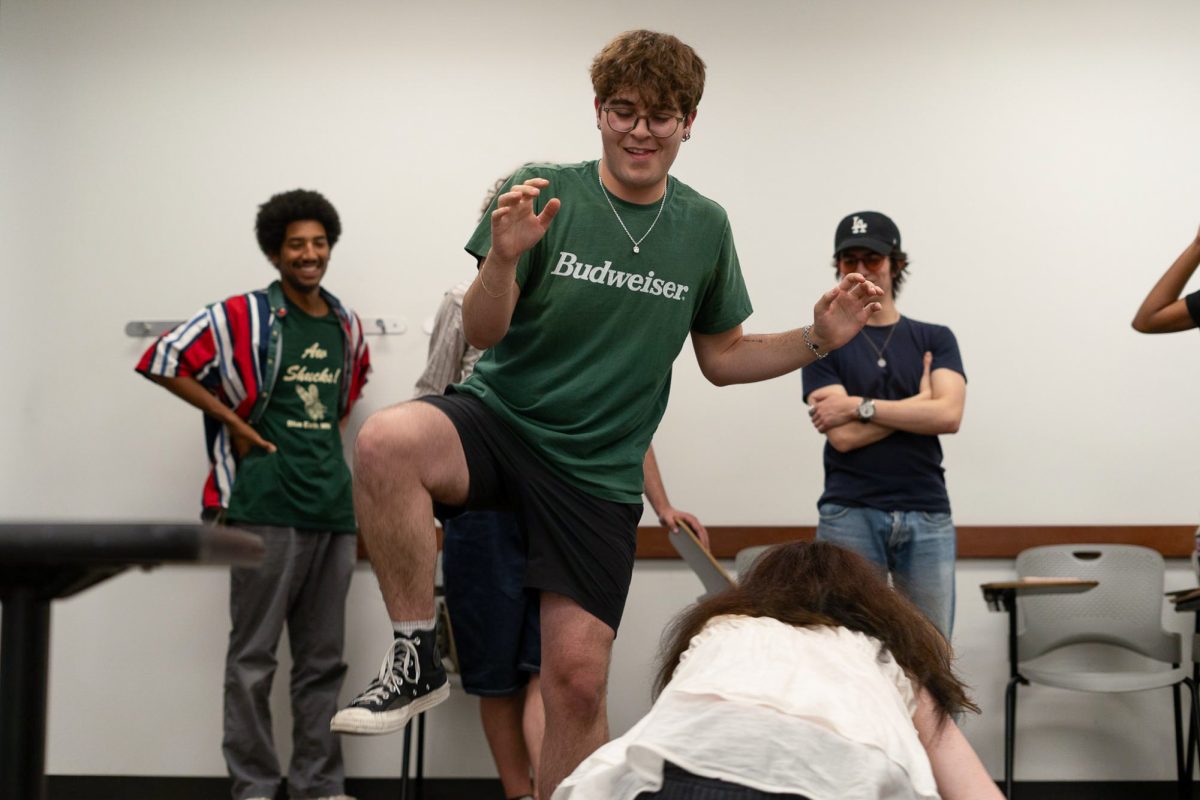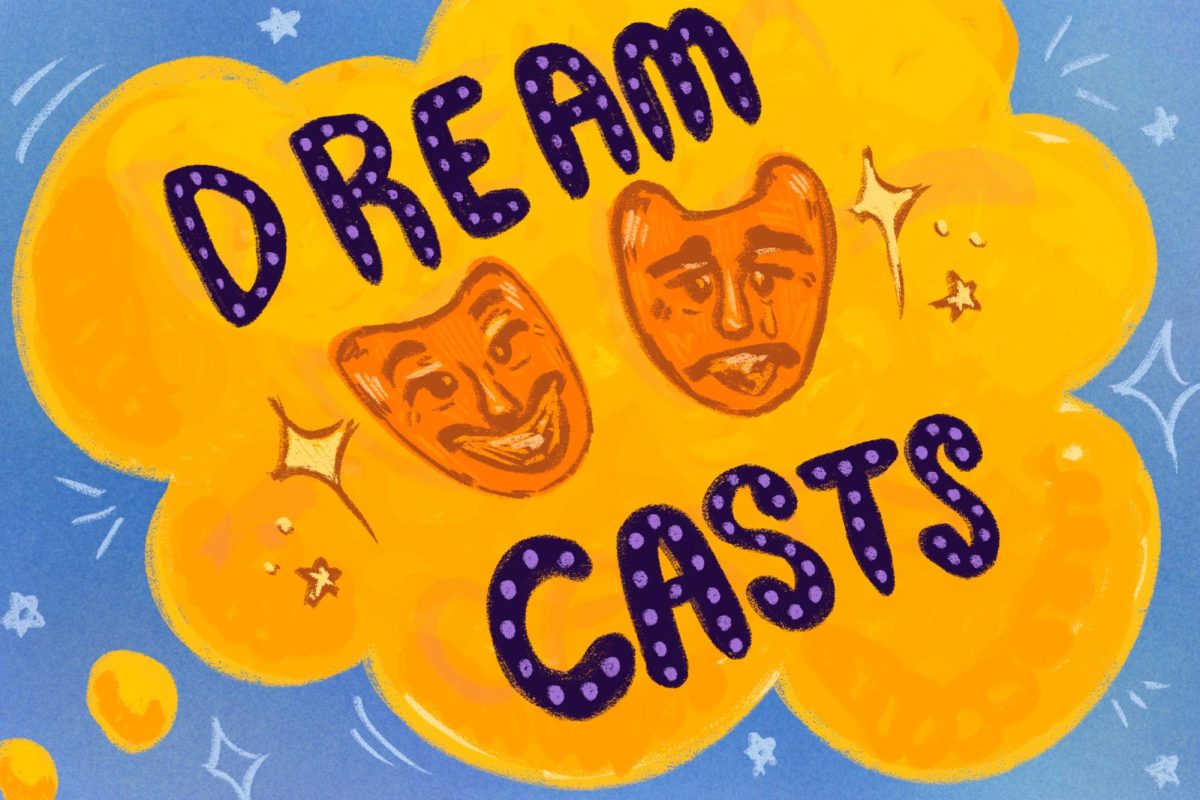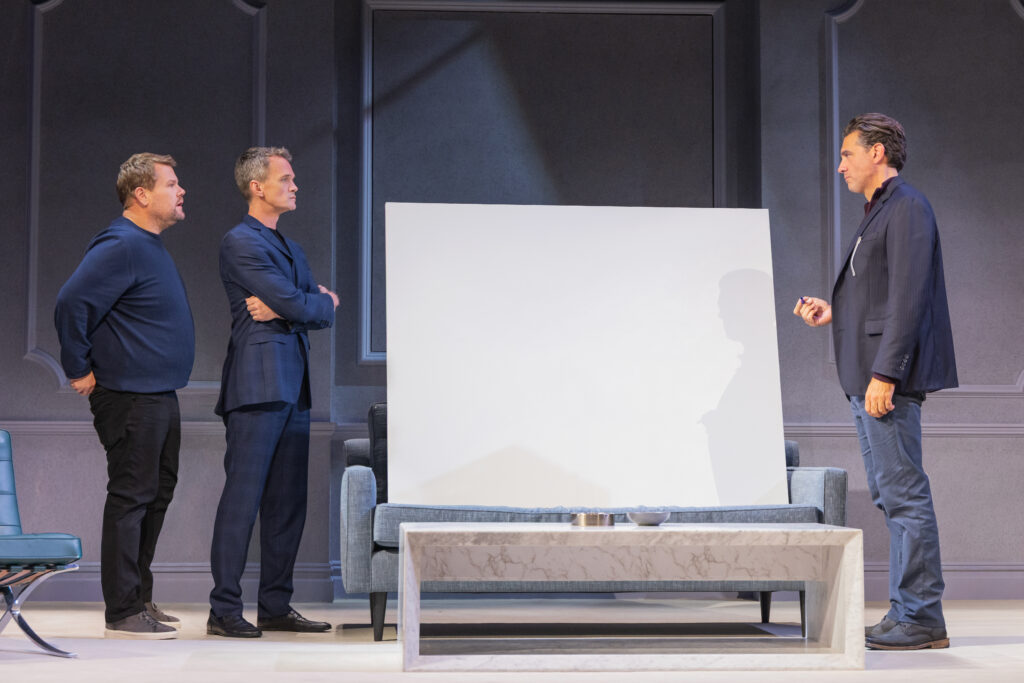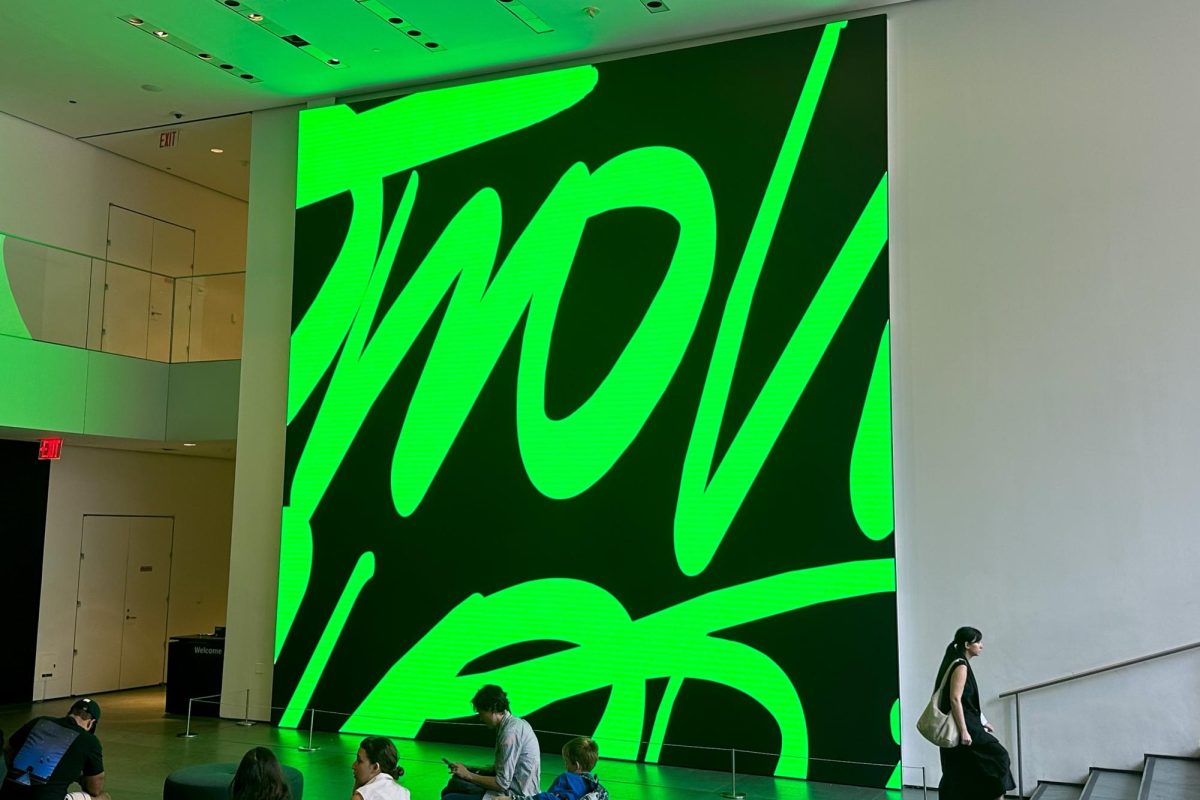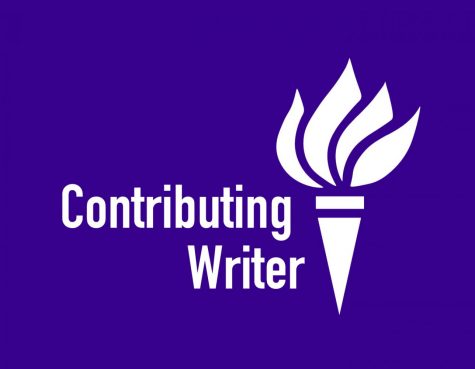New York City Mayor Bill de Blasio’s political odyssey has officially ended — not with a bang, but with an utterly pathetic whimper. Last Friday, de Blasio announced on MSNBC’s “Morning Joe” that he was dropping out of the 2020 presidential race, to the surprise of absolutely nobody. While de Blasio said he is going to “continue [his] work as mayor of New York City,” it is clear to all watching that ending his presidential campaign signified his career’s impending demise.
De Blasio’s political career has been on life support since the day he announced his long-shot presidential campaign. He was always a unique candidate; his downfall wasn’t caused by a lack of name recognition, but by simply being unlikeable. With an astonishing net favorability rating of -1, de Blasio was the only candidate with more members of his own party disliking him than liking him. He returns to the Big Apple with only 25% of his own constituency viewing him favorably. At the peak of his campaign, de Blasio failed to get the support of more than 1% of Democratic voters in any region of his home state. He was only able to garner 6,700 unique donors; in context, that’s 0.08% of NYC’s population — less than a third of the size of Elizabeth Warren’s rally in Washington Square Park. The exact cause of death of de Blasio’s political career is still under investigation, but I have a couple of theories.
The beginning of de Blasio’s run was characterized by a series of humiliating gaffes that would set the tone for the rest of his campaign. He’s always been easy to make fun of, as evidenced by his bold look back in his NYU days. His uncharismatic style often comes across as sanctimonious and rubs people the wrong way. He’s already suffered embarrassing missteps before. There’s the groundhog he may have killed, the slice of pizza he ate with a knife and fork, and the 11-mile trek from his Manhattan mansion to the gym. Right before he formally launched his campaign, de Blasio’s promotion of a new city law curbing greenhouse gas emissions was derailed by groups of hecklers holding signs reading, “Worst Mayor Ever,” “Failed Mayor” and “Trump 2020.” A 17-year-old high schooler was able to break the news of de Blasio’s candidacy before de Blasio himself. He made headlines when only a meager 15 people showed up to an Iowa campaign event. Twitter mocked him following an awkward attempt to dub Trump “ConDon,” which means condom in Spanish. While his blunders were pretty minor, each event was another sign that de Blasio’s candidacy was anything but serious.
However, de Blasio did just as much damage outside of New York. His career died the way it lived: as far away from the city as possible. Logging a mere seven hours at City Hall the month he launched his presidential campaign, de Blasio has repeatedly been chastised for seeming to want to spend time anywhere but New York. He became an absentee mayor with no interest in doing his day job while having the audacity to run for a higher office. While forgoing a few job responsibilities for the grueling campaign trail is an issue every candidate faces, de Blasio was faced with a very different set of circumstances. The chief executive of the largest U.S. city has a decidedly heavier hand in the lives of his constituency compared to many of the senators and representatives still in the race. And de Blasio did not gracefully manage his time. Most memorably, when a blackout struck Manhattan in July and left 72,000 people in the dark, he was busy campaigning in Iowa.
So what exactly caused de Blasio to go forward with this doomed presidential run in the first place? It may have been a last-minute attempt to resuscitate his flatlining political career. He had hit his term limit as mayor and was probably aware that his abysmal popularity among New Yorkers would prevent him from winning any elected office. Presidential runs can be effective ways to stay relevant and be in the running for other positions. Ben Carson and Rick Perry were able to land positions in Trump’s cabinet following their presidential runs back in 2016. A 2020 bid was de Blasio’s chance to build a more robust national profile, but it ended up being the final nail in his coffin.
Opinions expressed on the editorial pages are not necessarily those of WSN, and our publication of opinions is not an endorsement of them.
Email Emily Dai at [email protected].



